BOUND ANTHOCYANINS

Figure 1. WINEXRAY's representative phenolic profile of a 21-day macerated Bordeaux varietal fermentation (The Future of Winemaking: Honoring the Vision of Professor Roger Boulton, 2022).
Bound anthocyanins (bANT) stabilize color, modulate astringency, and integrate flavor. Their chemical structures are more prone to folding, making bound anthocyanins good precursors to colloids which build mass like rolling snowballs as wine ages (McRae & Kennedy, 2011). We generally attribute bound anthocyanins to wine’s brick red color which forms early in a wine’s life and becomes more visible as free anthocyanins decay. Their ratio to protein-precipitable tannins is a powerful metric for astringency. Overall, they are fundamental for establishing red wine style and serve as a mechanism to integrate wine flavor into phenolic structure.
Concentration
The most important information is knowing how, when, and why color is stabilizing. Through our winemaking practices, we can facilitate these interactions by controlling temperature, oxidation, and oak exposure. In general, the most important window of time is 100 days post-crush when high concentrations of free anthocyanins coincide with high phenolic reactivity. During this time, warm temperatures above 21°C (70°F) naturally facilitate bound anthocyanin formation. Oxidative conditions at lower temperatures between 16-18°C (61-64°F) also encourage polymerization. It just so happens that warm temperatures and oxidation are ideal conditions for secondary fermentation, but winemakers can maintain those conditions well beyond malolactic fermentation completion so long as they don’t add sulfur dioxide (SO2).
SO2 inhibits bound anthocyanin formation by binding to aldehyde and bleaching free anthocyanins. The level of inhibition depends on the timing and level of SO2 added. It is a particularly important consideration to delay sulfur addition while free anthocyanins are abundant during the 100-day post-crush window. If delayed, aldehydes can facilitate bound anthocyanin formation through ethyl-bridging which is a major mechanism for their formation.
Bound anthocyanins include both small and large polymeric pigments which are more stable because they persist throughout the life of the wine. They are resistant to bisulfite bleaching, oxidation, and changes in pH. Anaerobic polymerization, which is favored above 21°C (70°F), forms tannin-anthocyanin adducts that have brick red hues (WINEXRAY). Aerobic polymerization forms anthocyanin-tannin adducts that have maroon hues. These are both examples of direct condensation and it is important to note that anthocyanins are always in the terminal positions of bound anthocyanin polymers (Drinkine et al., 2007; Es-Safi et al., 1999). A third mechanism of color stabilization is ethyl-bridging via acetaldehyde which forms a purple hue and is favored at lower wine pH (Smith, 2013). Finally, anthocyanins can be stabilized via hydrolyzable oak tannin complexation that forms a maroon hue. Each type of polymer formed will impact the resulting astringency and texture of the wine. For instance, aerobic tannin-anthocyanin adducts are known for producing shorter polymers that are less astringent than their anaerobic counterparts (Smith, 2013). Controlling temperature and oxidation in the cellar thus becomes a powerful tool for winemakers to utilize when adapting to climate change. Harvesting earlier due to volatile weather, fire risk, etc. changes the phenolic equilibrium means that tannins are likely more extractable. Winemakers can use temperature and oxidation as tools to integrate those tannins into the young wine. Bound anthocyanins will naturally modulate astringency, while oxidative treatment will also influence tannin activity and therefore texture. Our palates are the best tools to distinguish the benefit of each treatment according to each wine.
Below are reference levels for bound anthocyanin concentrations in finished wines.
- <50 ppm is standard for low-color cultivars.
- 50-100 ppm is standard for medium-color cultivars like Nebbiolo and Sangiovese
- 100-200 ppm is standard for classic Bordeaux wines (modern Bordeaux wines have much higher color due to warmer vintages)
- 200-300 ppm is standard for premium Napa Valley Cabernet Sauvignon
- >300 ppm is rare and seen in some Argentinian Malbec and Ultra-Premium Napa Cabernet Sauvignon.
Polarity
From a chemical perspective, modulating astringency means increasing tannin polarity. Tannin’s ability to bind with our saliva is due to its hydrophobic nature. Bound anthocyanins are less hydrophobic, and thus less astringent (McRae & Kennedy, 2011; Singleton & Trousdale, 1992). From a winemaker’s perspective, higher concentrations of bound anthocyanin integrate tannins into wine structure. This is why we use the ratio of bANT:pTAN as a measure of astringency.
bANT:pTAN
- <0.1: The wine is astringent, linear, and drying. These wines typically come from grapes with high tannin and low pigment. They take time to age unless deliberately oxidized to soften astringency. Think Nebbiolo from Barolo.
- 11-0.15: This is a classic ratio that a lot of wines fall under. This is a common ratio naturally achieved throughout fermentation. If wines cool rapidly post-fermentation, then lower cellar temperatures can arrest further bound anthocyanin formation. These wines will likely be moderately astringent.
- 16-0.2: The wine is moderately astringent bringing forward the flavor and structure integration. Highly concentrated wines with this ratio are sought after today for their simultaneous drinkability and age-ability. Think Cabernet Sauvignon from Napa.
- 2-0.25: This is a high ratio that has become associated with high-scoring wines, particularly those with high phenolic concentrations. This wine is likely plush, round, and opulent if it has a high phenolic concentration.
- >0.25: This ratio is commonly achieved by restraining tannin relative to anthocyanin extraction. We generally want to maximize bound anthocyanins, but over-restraining tannins can depreciate mouthfeel by limiting structure.
Think of these ratios like archetypes. They are useful for creating generalizations about astringency and wine style but do not encapsulate the complexity or true nature of wine. We have found these ratios to be generally true, but certainly not without exception. High-structure wines with high ratios can still be exceptionally astringent while low-structure wines with low ratios can still be very plush. This is likely due to less oxygen being required to soften the astringency of low-structure wines, decreasing the stickiness of tannins referred to as tannin activity. This is why oxygen is a powerful tool for managing over-extracted wines where astringency dominates the mouthfeel and cuts persistency of flavors short. Oxidation could be introduced through barrel racking or through more controlled conditions such as micro-ox. The exact amount desirable is entirely dependent on the harmony and resonance particular to that wine. Fortunately, we understand the fundamental variables to modulating astringency so we can craft each wine accordingly.
Summary
Phenolics bind with other chemicals in wine through several interactions. In particular, we focus on the polymerization of free anthocyanins with tannins to form bound anthocyanins. From a chemical perspective, bound anthocyanins are like phenolic snowballs rolling down a hill and accumulating mass as wine ages. They are likely more prone to folding and intramolecular bonding than linear structures of grape tannins (McRae & Kennedy, 2011). This facilitates the formation of colloids and the incorporation of mouthfeel and flavor compounds such as polysaccharides, pectins, glycerol, mannoproteins, acids, vinyl-phenols, and esters. This is perhaps the best reason why we can’t formulate wine through a chemical cocktail. Over time, colloids grow so large that they precipitate out of the wine leaving chalky sediment at the bottom of the bottle (Drinkine et al., 2007). This is a part of the graceful aging of a wine that continues to evolve and mature as we do.
- Timing: Within the first 100 days post-fermentation, roughly 60-80% of a wine’s free color will degrade. Anthocyanins need to be abundant enough to complex with tannins.
- Concentration: Standard winemaking conditions will polymerize roughly 10-15% of the peak total anthocyanins extracted from the grapes during fermentation. 15-30% polymerization can be achieved utilizing the following factors.
- Warm temperatures above 21°C (70°F): Polymerization is highly dependent on temperature. Although warmer temperatures increase the rate of free anthocyanin decay, they are essential for the formation of bound anthocyanins. At cellar temperature (10-15°C) this reaction stops completely.
- No SO2 addition: SO2 readily binds with anthocyanin and aldehyde, both of which play an essential role in color stabilization. Delay SO2 addition longer to facilitate the reaction.
- Oxidation: Phenols are well known to polymerize as a result of oxidation. Tannins will autoxidize resulting in a cascading reaction called regenerative polymerization, encouraging direct condensation and ethyl-bridging.(Singleton, 1987)
References
Colantuoni, G., McLeod, S. WINEXRAY LLC. https://www.winexray.com/
Drinkine, J., Lopes, P., Kennedy, J. A., Teissedre, P.-L., & Saucier, C. (2007). Ethylidene-Bridged Flavan-3-ols in Red Wine and Correlation with Wine Age. Journal of Agricultural and Food Chemistry, 55(15), 6292–6299. https://doi.org/10.1021/jf070038w
Es-Safi, N.-E., Fulcrand, H., Cheynier, V., & Moutounet, M. (1999). Studies on the Acetaldehyde-Induced Condensation of (−)-Epicatechin and Malvidin 3- O -Glucoside in a Model Solution System. Journal of Agricultural and Food Chemistry, 47(5), 2096–2102. https://doi.org/10.1021/jf9806309
McRae, J. M., & Kennedy, J. A. (2011). Wine and Grape Tannin Interactions with Salivary Proteins and Their Impact on Astringency: A Review of Current Research. Molecules, 16(3), 2348–2364. https://doi.org/10.3390/molecules16032348
Singleton, V. L. (1987). Oxygen with Phenols and Related Reactions in Musts, Wines, and Model Systems: Observations and Practical Implications. American Journal of Enology and Viticulture, 38(1), 69–77. https://doi.org/10.5344/ajev.1987.38.1.69
Singleton, V. L., & Trousdale, E. K. (1992). Anthocyanin-Tannin Interactions Explaining Differences in Polymeric Phenols Between White and Red Wines. American Journal of Enology and Viticulture, 43(1), 63–70. https://doi.org/10.5344/ajev.1992.43.1.63
Smith, C. (2013). Postmodern Winemaking: Rethinking the Modern Science of an Ancient Craft. University of California Press.

